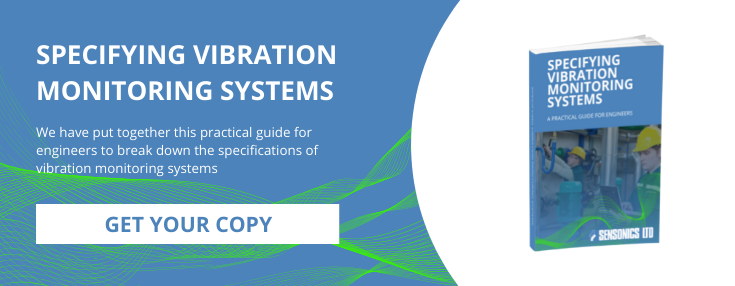Specifying a Seismic Switch – 10 things to consider
1. Application And Technology Selection:
Typically a fully welded housing with high sensitivity accelerometers. Specific environmental requirements and IP rating? Painted or Stainless steel enclosure? If an Ex requirement then an explosive proof enclosure may be appropriate.
2. Location:
Away from traffic (both human and other), lifting and loading machinery, doors. A solid and secure connection to the structure to be monitored. Floor mounted or wall mounted? Makes a difference to how the 3 measurement axes are assigned.
3. Cable Exit:
Top or bottom of the main housing, this effects the orientation of the housing to ensure the gland plate is appropriate.
4. Power Supply:
220Vac, 110Vac or 24Vdc. Is a separate cable required to the output alarm signal or integrated into the same cable? Consideration required to determine cable gland requirements to housing.
5. Detection Bandwidth:
Usually down to 0.1Hz and up to 50Hz; 20Hz or 10Hz is also common. This is a balance between reacting appropriately to the structure response and minimising the potential for spurious alarms.
6. Trip Level:
Setting can be close to the OBE (Operating Basis Earthquake) level (for example 50%) ….. or set quite low (30mg) to permit a faster shutdown response. This depends on the application and needs to be balanced with the spurious trip likelihood.
7. Proof Testing:
Confirmation of the seismic switch functionality. How can this be confirmed on a regular basis without dismantling the switch and testing the sensors / trip amplifiers? Sensonics offer a unique solution which permits the sensor measurement elements to be mechanically excited to confirm the operation of the switch.
8. Reaction time:
What is the shutdown time requirement? Does the output alarm need to be latched and therefore require a reset mechanism? Alternatively, the alarm is held up for a number of seconds before automatically resetting.
9. Output Relay:
The output alarm configuration needs to be considered. Should this be normally energised? Fail safe? Consideration for combining with the Seismic Switch fail alarm. What is the rating requirement for the relay contacts? Is it connecting to an inductive load?
10. Safety Performance:
Does the switch need a stated safety performance and SIL level. A requirement above SIL-2 will require redundant measurements. This methodology can also assist with defining and minimising the spurious trip likelihood.
Get in touch with us to discuss your specific seismic monitoring requirements and design the optimal solution for your application.


